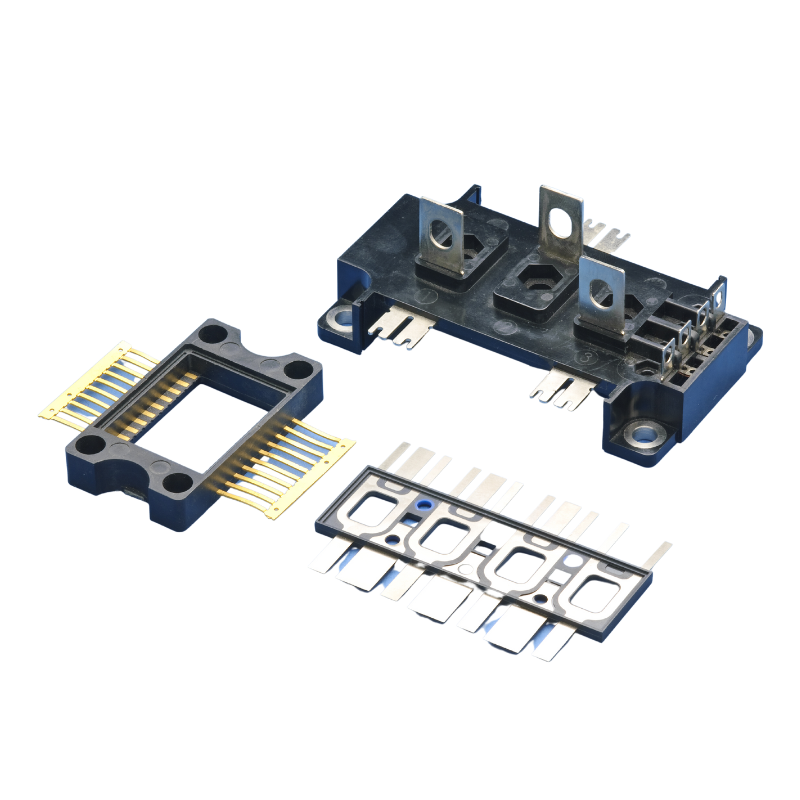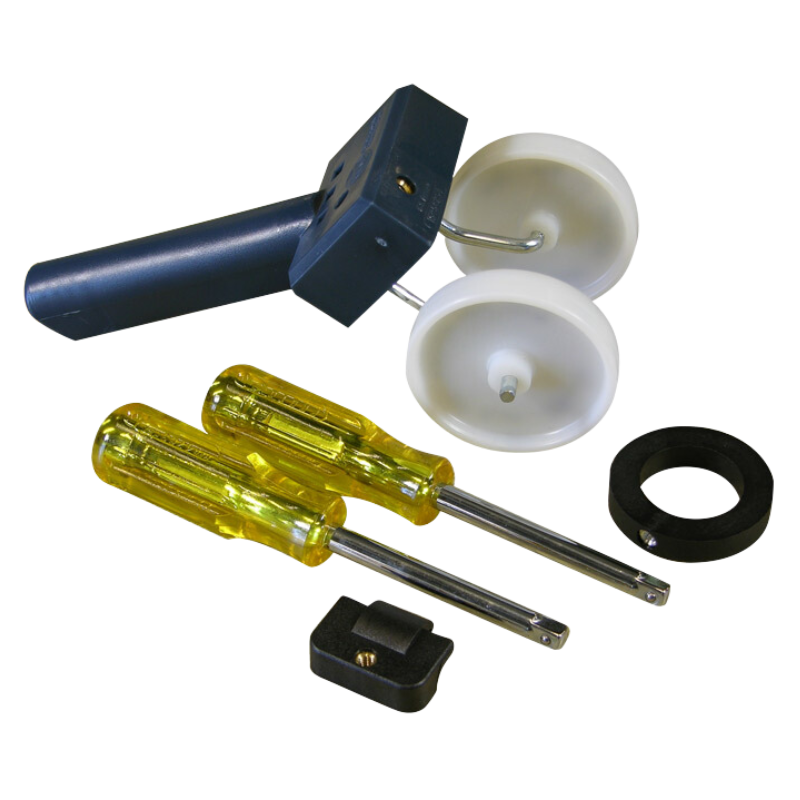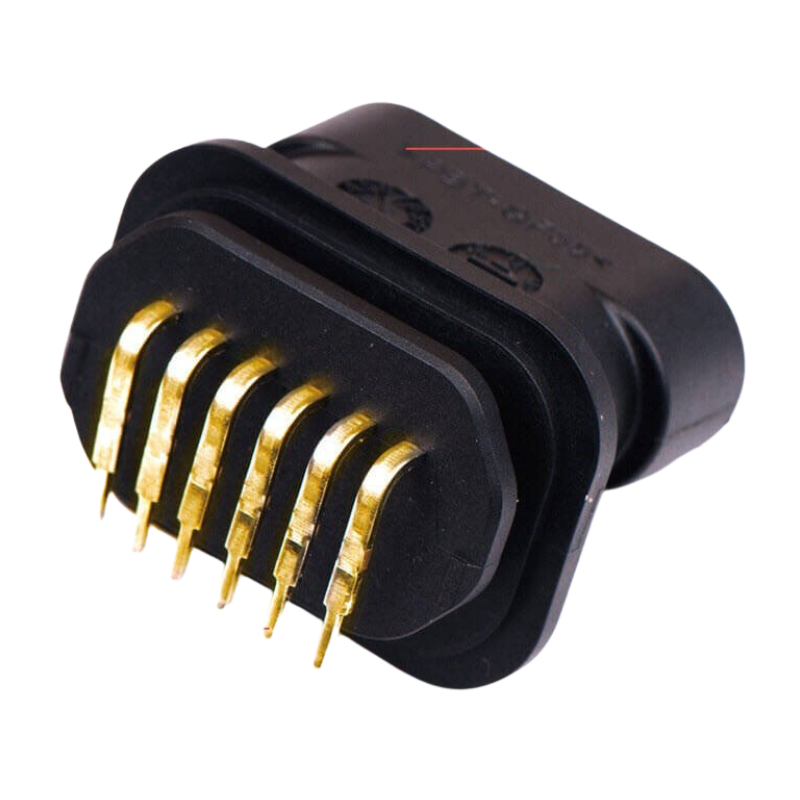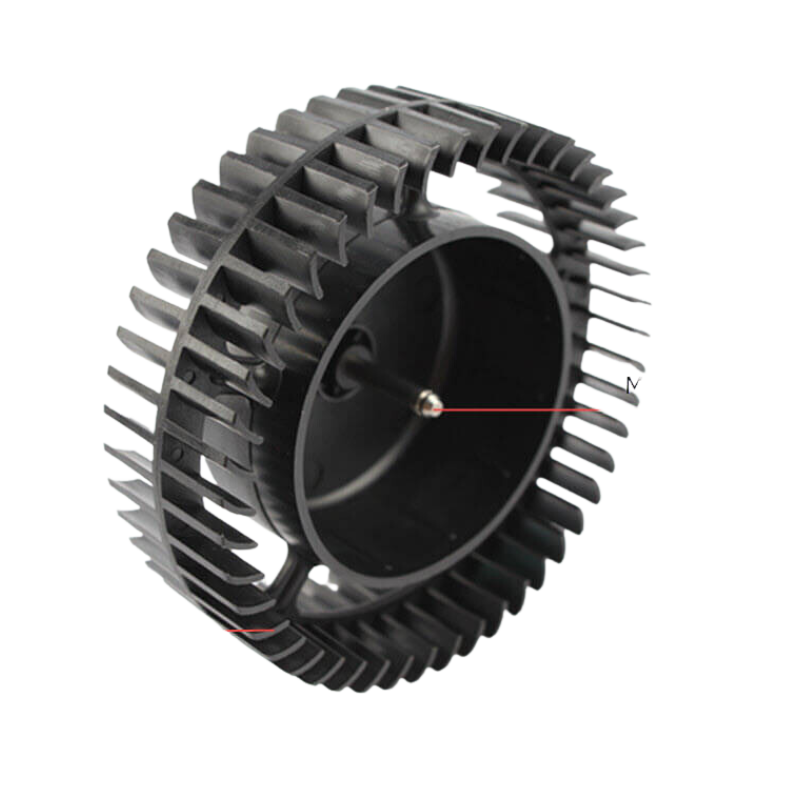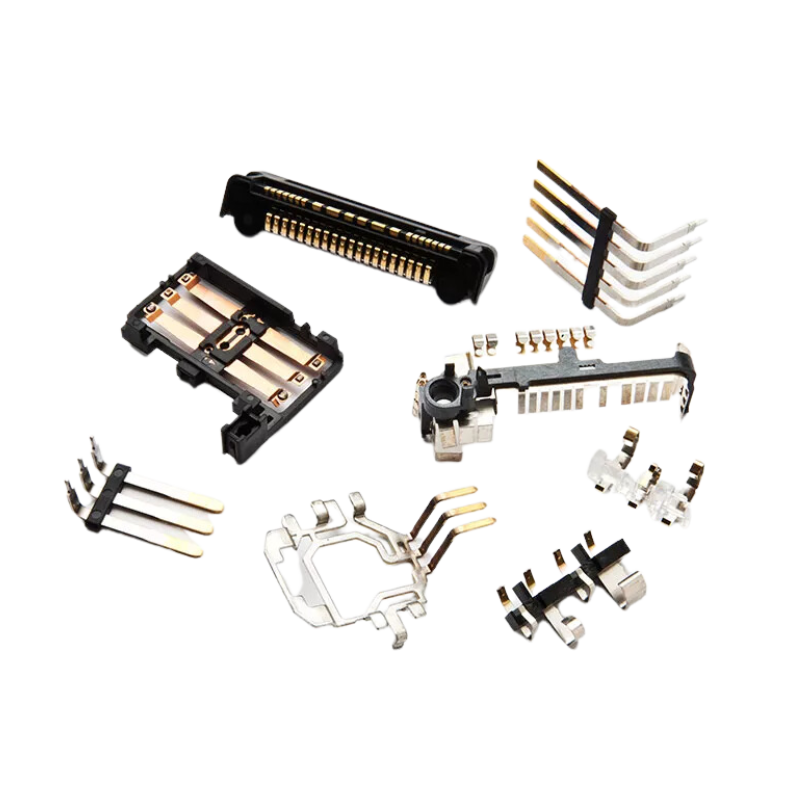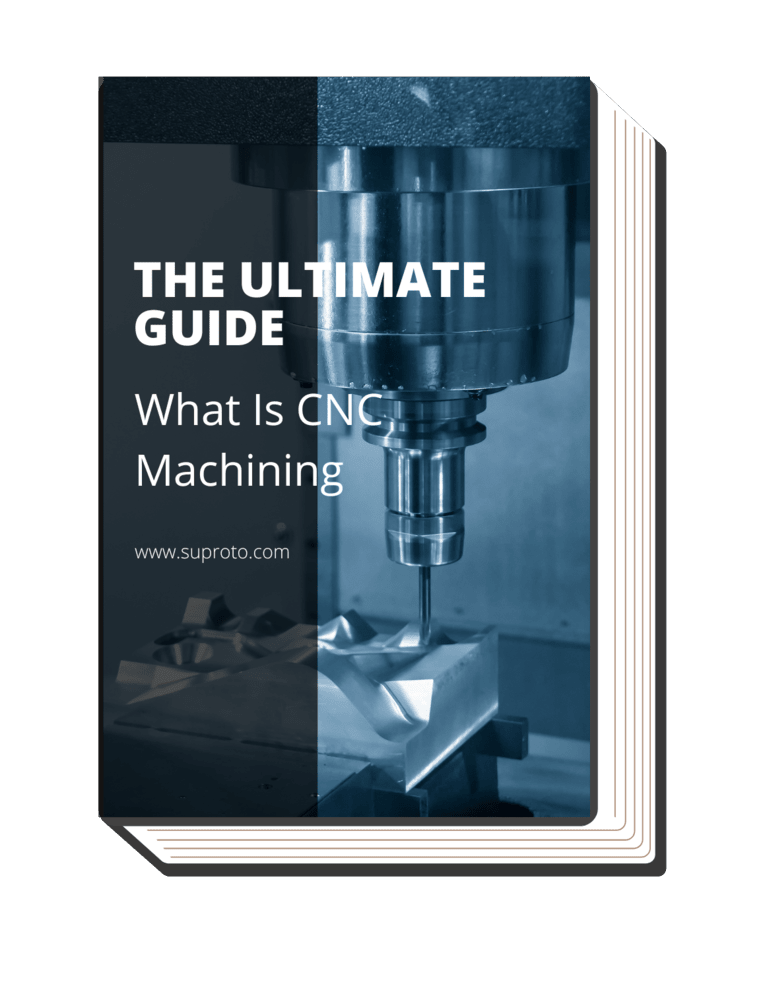#1 Material Compatibility
It’s essential to understand the material compatibility of the inserts and plastic. Chemical bonding between over-molded materials is possible, but compatibility should be considered to achieve the desired bond strength. For example, utilize stainless steel inserts with a polymer that has high adhesion properties for applications requiring high-strength bonds.
#2 Production Volume
Consider the volume of production the project requires. Insert molding can be suitable for both low and high volume production, but the choice between automated machinery and manual insertion may depend on the volume needed. Opt for automated machinery for high-volume production to ensure efficiency and consistency.
#3 Insert Positioning and Securing
Take into account how the inserts will be positioned and secured within the mold. Inserts should be properly positioned to ensure that the final part meets design specifications. For example, in applications where precision is critical, use robot arms for insert placement to ensure accuracy.
#4 Lead Time and Budget
For me, it is very crucial to evaluate the lead time and budget for the project. Different insert molding services offer varying lead times and costs. Choose a service that aligns with the project timeline and budget. If the project has a tight deadline for prototype testing, choose a service provider that offers rapid tooling options like Suproto.
#5 Industry Standards Compliance
Ensure that the insert molding service chosen complies with relevant industry standards, especially if producing components for a highly regulated industry such as medical or automotive. For medical device manufacturing, opt for a service provider with ISO 13485 certification to ensure compliance with medical device quality standards.

